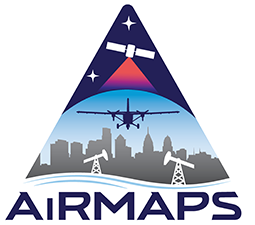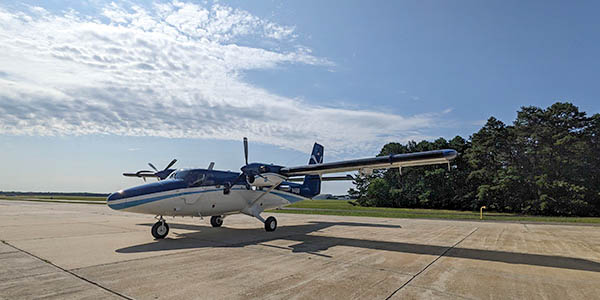Airborne Methane Mass Balance Emissions in Colorado (AMMBEC)

Where: Colorado Front Range
When: 1-15 July 2024
How: NOAA CSL, ARL (Air Resources Laboratory), GML (Global Monitoring Laboratory) and the University of Colorado Atmospheric Spectroscopy Lab will conduct observations in the Denver-Julesburg Basin (DJB) & wider Denver Metropolitan Area (DMA) using mobile and stationary platforms. These platforms include a NOAA Twin Otter aircraft, the NOAA Air Resources Car (ARC), the Pick-Up based Mobile Atmospheric Sounder (PUMAS), the Tunable Optical Profiler for Aerosol and oZone (TOPAZ) lidar and potentially the CSL Mobile Laboratory.


A series of observations from mobile and stationary platforms will be conducted in northern Colorado to address emissions and air quality impacts from oil and gas (O&G) operations, agriculture, industry and urban sources. This two-week study is part of the larger, multi-year Airborne and Remote Sensing Methane and Air Pollutant Surveys (AiRMAPS) initiative. AMMBEC occurs in direct coordination with the Utah Summer Ozone Study (USOS) 2024. AMMBEC research flights and drives will occur after aircraft integration, before the transit to Utah.
NOAA CSL will deploy the airborne Micro-pulse Doppler lidar (MicroDop) which provides vertically resolved wind profiles and boundary layer height along a flight track. Combined with in situ measurements of methane, carbon monoxide and ethane, the instrument package will provide a more accurate measurement of emissions via the mass balance approach compared to traditional methods using in-situ winds alone.
The research aircraft and mobile lab will also be equipped with instruments measuring ozone and nitrogen oxides (ozone precursors). Measurements of spatial distribution of these species, along with meteorological data will also enable better understanding of factors that lead to high ozone in the Colorado Front Range.
NOAA CSL will also operate a stationary Doppler lidar from the David Skaggs Research Center in Boulder during this period to provide continuous wind and turbulence information.